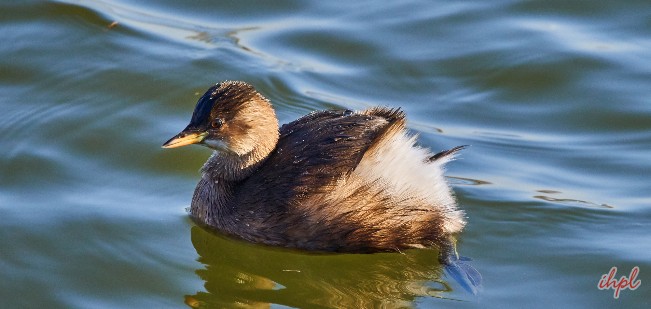Pulicat Lake Birds Sanctuary
Pulicat Lake is the second largest brackish – water lake or lagoon in India. It straddles the border of Andhra Pradesh and Tamil Nadu states on the Coramandel Coast in South India. The lake encompasses the Pulicat Lake Bird Sanctuary. The barrier island of Sriharikota separates the lake from the Bay of Bengal. The island is home to the Satish Dhawan Space Centre.
Pulicat Lake, an ecologically fragile salt-water lagoon, about 60 kms north of Chennai, is the second largest lagoon in India. It is situated on the route taken by migrating birds, tempting them to stop for a break. The lake is separated from the Bay of Bengal by a strip of land, in which the town of Pulicat is located.
Location: Chengalpattu District
Area:481 sq.KM
Uniqueness:It is the 2nd largest brackish water lagoon in India after Chilka lake in Orissa
The sanctuary lies exactly within 11°30’N to 11°42’N and 76°30’E to 76°45’E. The average rainfall of this region ranges between 800 and 2000mm. The temperature of this sanctuary lies between 14°C and 33°C. The altitude of this sanctuary ranges between 100’ MSL and 1200’ MSL. There is greatest threat to this region as there is a chance for this lake to disappear in next 100 years because of silt formation. Both private Non government organization and Indian government are doing their best to halt the destruction of this lake.
This bird sanctuary attracts many bird waters from other parts of India, especially at weekends. The lake is about 60 km and width varying from 0.2 km to 17.5 km.



The lagoon is an important habitat for 160 species of fish, 25 species of polychaetes worms, 12 species of prawn, 19 species of mollusk, 100 species of birds both terrestrial and aquatic birds and small mammals and reptiles. Migratory birds mainly from Central Asia and Eastern Europe, visits this sanctuary. The sanctuary mainly attracts Greater and Lesser Flamingoes, Grey Pelican, Painted Stork, Grey Heron, Ducks, Marbled teal, Terns, Egrets, Kites and Partridges, Quails, Sea Gulls and a number of Waders such as curlews, stilts, plovers, sand pipers, lapwings and redshank. . During the winter season, the sanctuary attracts up to 15,000 flamingoes.
Some of the commonest wetland birds include Shoveler, Garganey, Gadwall, Marsh Sandpiper and Black-tailed Godvit. Some of the resident birds listed are Grey Pelican and Open-billed Stork. The lake is also home to crabs, clams, mussels, oysters, snails, fish worms, insects, spiders, sponges, anemone, prawns, plankton and so on




Pulicat Lake is the second largest brackish – water lake or lagoon in India. It straddles the border of Andhra Pradesh and Tamil Nadu states on the Coramandel Coast in South India. The lake encompasses the Pulicat Lake Bird Sanctuary. The barrier island of Sriharikota separates the lake from the Bay of Bengal. The island is home to the Satish Dhawan Space Centre.
Pulicat Lake, an ecologically fragile salt-water lagoon, about 60 kms north of Chennai, is the second largest lagoon in India. It is situated on the route taken by migrating birds, tempting them to stop for a break. The lake is separated from the Bay of Bengal by a strip of land, in which the town of Pulicat is located.

















